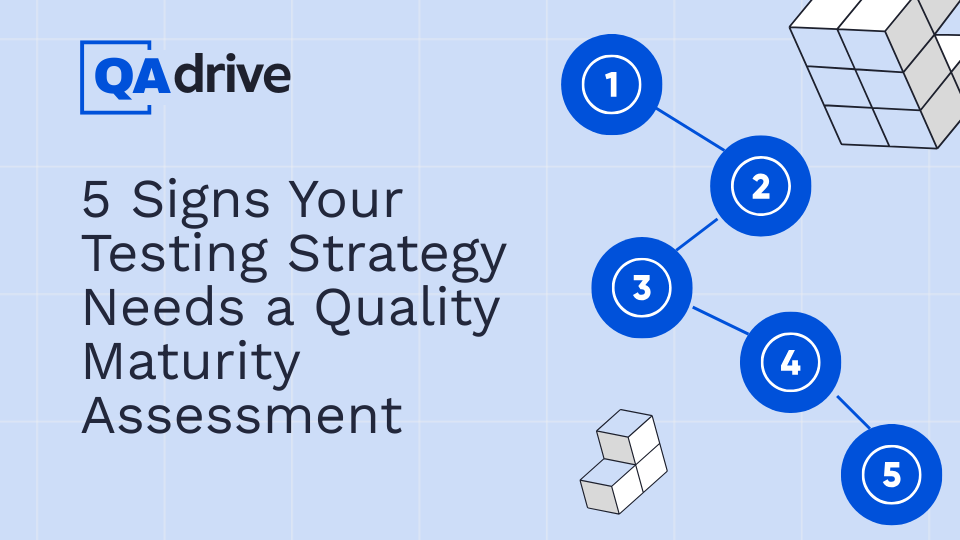Too often, quality and testing maturity assessments are treated like audits: routine, transactional, and quickly forgotten. But a thoughtfully built assessment can offer much more, especially when it is context-aware, strategically aligned, and designed to guide real improvement. It becomes a lens to evaluate how well your testing strategies support delivery goals, and where it makes sense to focus next. The value isn’t in scoring high; it’s in gaining shared insight that helps teams grow with purpose.
Testing Maturity Is About Strategic Progress
Software quality and testing maturity is not a finish line. When assessed with care, it becomes a tool for guiding strategic improvement. Instead of striving for a flawless process, teams use maturity insights to understand where they are and what is most valuable to focus on next. A well-structured model highlights strengths, reveals gaps, and supports informed decision-making. This mindset promotes meaningful progress and helps teams move beyond reactive practices.
Assessment Maturity Should Align With Your Context, Not Ignore It
A good assessment framework isn’t rigid. It takes into account the delivery models, team structures and skills, and quality goals that matter in your context. But adapting to your context doesn’t mean lowering the bar. A strong assessment still challenges assumptions and highlights areas where growth is needed. Whether you’re implementing shift-left testing in a fintech setting or adopting exploratory testing in a legacy system, the model should align with your needs without prescribing a single ideal path.
Maturity Levels Should Guide, Not Overwhelm
A strong maturity model provides clarity without adding pressure. Each level reflects a practical evolution of practices across areas such as test automation, team collaboration, and feedback loops. The goal isn’t to reach the top level quickly, but to identify where improvement will be most impactful and proceed with intention. In many cases, different areas will mature at different rates. That variation is expected. The aim is to prioritize the areas that will deliver the most value, rather than progressing everything at the same pace. This structure helps teams focus on meaningful change, grounded in context instead of a drive for completeness.
Rethinking Common Misconceptions About Software Testing Maturity
A common misconception about software testing maturity is that test automation equals maturity. But maturity is not about how many tests you’ve automated. It is about how well your testing practices support quality across your entire delivery process. Teams can have robust automation and still struggle with unclear quality goals, insufficient test coverage, ineffective communication between testers and developers, inadequate test data management, or weak monitoring and feedback loops once the system is in production. A strong assessment helps uncover how strategy, collaboration, and context shape quality, not just the tools in place.
Assessment Maturity Is About Strategy, Not Scores
Well-designed maturity assessments go beyond scoring. They spark meaningful conversations. They help teams surface assumptions, align priorities, and define what quality looks like within their delivery context. This kind of shared visibility is often the first step toward lasting improvement. With the right structure, a maturity model becomes a guide for purposeful change, not simply a way to measure how far you have to go.
A well-structured maturity assessment does more than deliver a score. It helps teams reflect on their current practices, align around shared goals, and make informed decisions about where to improve next. The most valuable assessments are those that adapt to context, spark meaningful conversations, and support strategic progress over time.
Ready to Move Beyond Checklists and Elevate Your Testing Maturity Approach?
Contact us to learn how QAdrive’s maturity assessment can help your team move forward with clarity and purpose.

